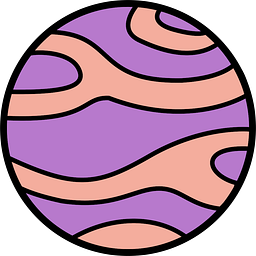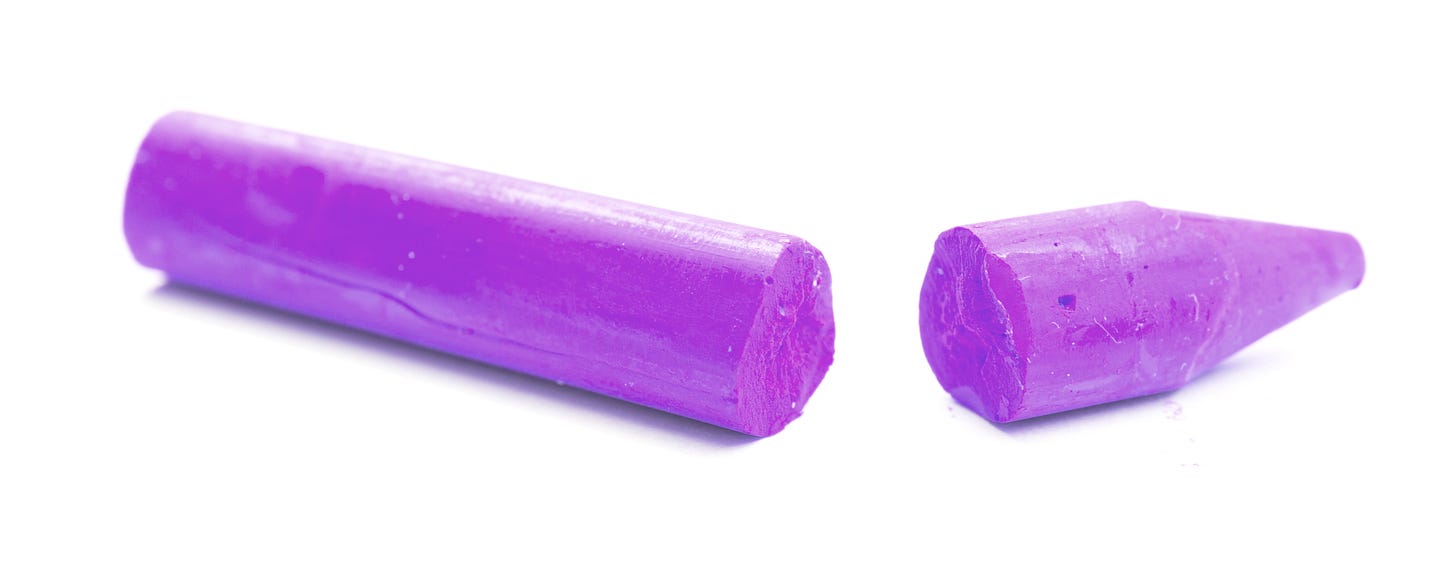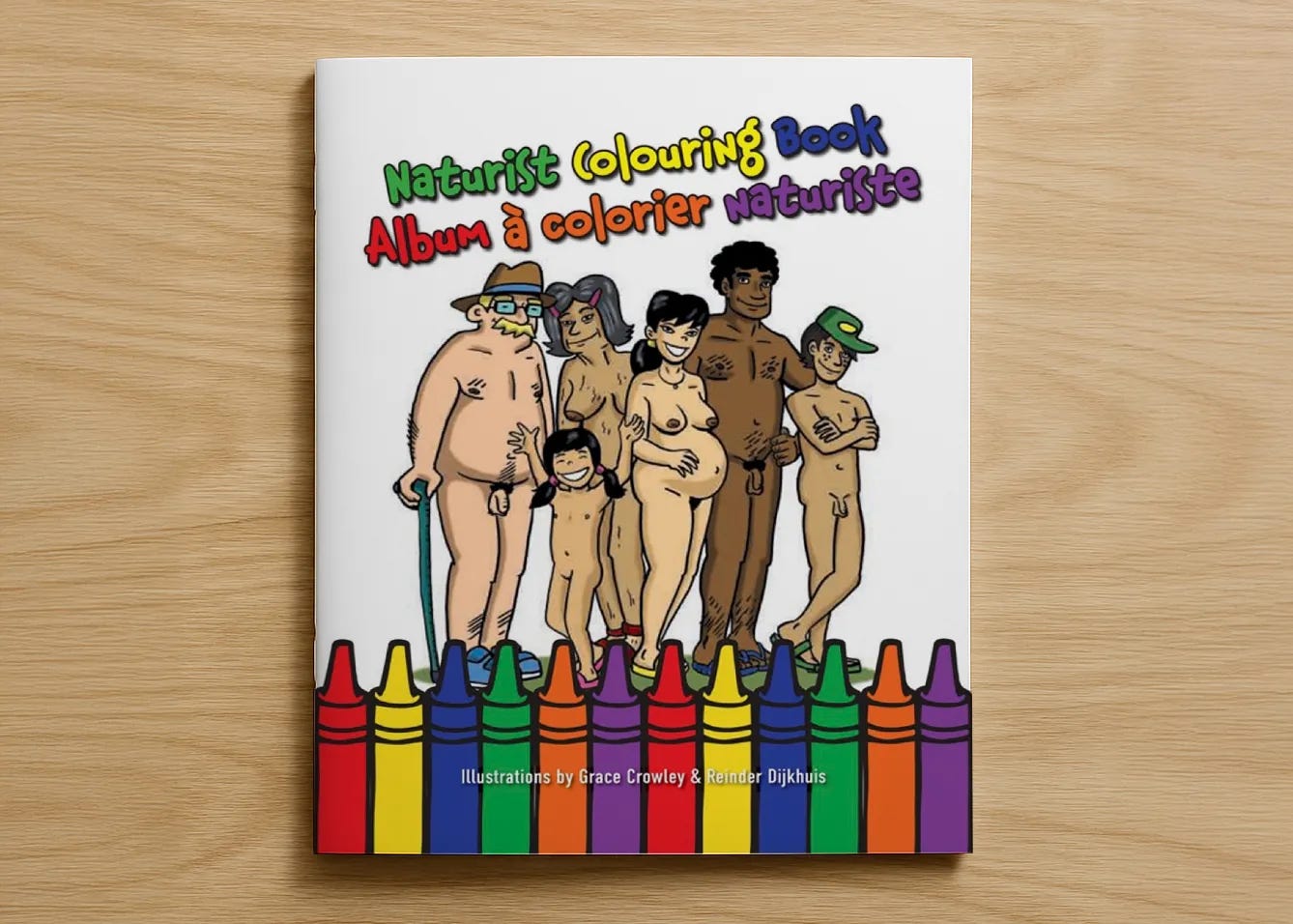Rejected as obscene: A children’s coloring book
Description
When International Naturist Federation president Stéphane Deschênes set out to produce a children’s coloring book, his goal was simple: give kids a fun, creative activity that also normalizes the human body in its natural state. The Naturist Coloring Book is filled with cheerful cartoon-style drawings of families picnicking, hiking, swimming, and playing games. It’s an educational project designed to support family naturism—the long-held belief that children can and should be part of naturist communities.
Just last week, Planet Nude published an interview with Stéphane about the origins and goals of the project. Even before that piece ran, I had been working with him to prepare a “Planet Nude edition” of the book for our Etsy gift shop. Stéphane’s version, available through the Bare Boutique at Bare Oaks in Canada, carries a bilingual English–French cover. Our edition simply removed the French, presenting the title in English only. It felt like a natural fit for Planet Nude: a playful, family-friendly book that embodies the values we aim to celebrate.
To get it into readers’ hands, I placed an order with PrintingCenterUSA, a Montana-based company that, after some pricing research, I chose to pursue this project with. The order was for 500 copies—a run that, after tax and shipping, came to over $1,000. For an independent operation like Planet Nude, that’s no small investment.
The company refused to print it.
The first refusal
On August 12, I received the company’s first reply. It cited their Adult Content Policy and explained:
“In reviewing your most recent order we have discovered some images that do not meet our guidelines… Tastefully done nudes and boudoir orders are OK for PrintingCenterUSA to produce. Nudes are normally printed if properly lit, posed and composed. They will not be printed if they are suggestive or sexually explicit in any way, or if there is any doubt as to the age of the models.”
The emphasis was theirs. That single line was bolded in their email, as if to underscore that this was the standard my project had failed to meet.
At least initially, the rejection was framed as a policy matter: that my book must have crossed into the territory of sexual activity, pornography, or suggestion. But that is a profound misunderstanding of what naturism is. The Naturist Coloring Book contains no sex, no pornography, no erotic suggestion. It is literally a set of line drawings showing families hiking, swimming, or sharing a meal.
Reading their refusal, my first reaction was simple: naturism is not sexual. They clearly don’t understand. Maybe if I explained it to them—patiently, with evidence and context—they would see the difference.
My appeal
In response, I laid out a detailed appeal, explaining that the Naturist Coloring Book in no way violated the standards they had cited.
The heart of my case was simple, and familiar to many naturists: nudity is not the same as sexuality. Too often, nudity is assumed to be inherently erotic or obscene, but that assumption is a cultural misconception, not a fact. Naturism is a recognized, legal, and internationally organized movement in which social nudity is viewed as non-sexual, wholesome, and yes, family-oriented. Families have practiced naturism openly and legally for more than a century in the U.S. and worldwide. This coloring book is simply an extension of that tradition.
I explained that the book was created as part of a naturist educational initiative supported by international naturist organizations that have advocated for social nudity for over seven decades. I highlighted that the book depicts fictional families in everyday activities without clothing. There is no sexual content, no pornographic intent, and nothing prurient. The inclusion of diverse ages, body types, and sizes was intentional, reinforcing the simple message that all bodies are natural and deserving of acceptance.
I addressed their three specific policy points directly. There is no sexual posing or erotic suggestion. These are stylized cartoon drawings, not photographs. No models were used, and no real people are depicted. As a work of illustrative fiction, there can be no doubt about age or identity. These are drawings, artistic and innocent, entirely consistent with the visual language of children’s educational materials.
Finally, I cited research: studies show that naturist participation is linked with improved body image, self-esteem, and life satisfaction in adults, and that children who encounter nudity in ordinary, non-sexual family contexts experience no general negative outcomes. U.S. case law has likewise affirmed that nudity alone is not obscene, as in Jenkins v. Georgia (418 U.S. 153, 1974).
Taken together, my appeal was simple: this coloring book does not cross the lines their own policy sets. It is wholesome, educational, and culturally important. By any reasonable interpretation, it should have been printed.
Moving the goalposts
After a week of silence, I followed up. A day later, on Au







